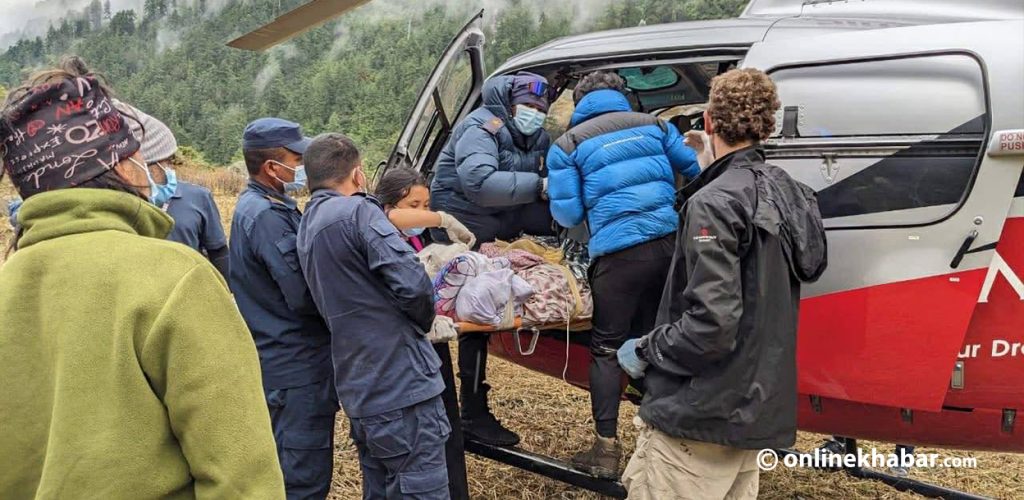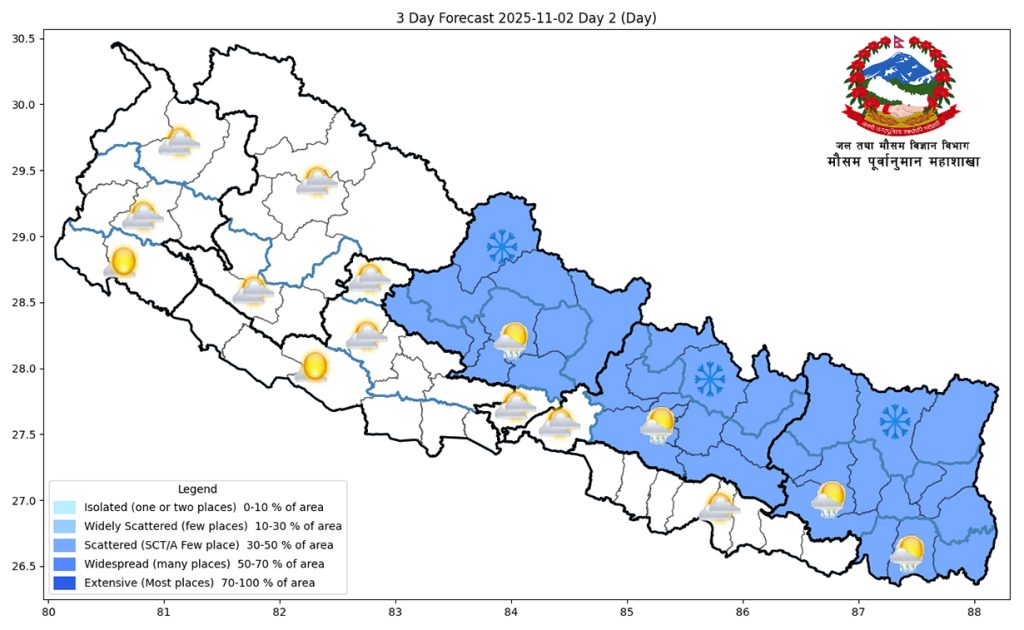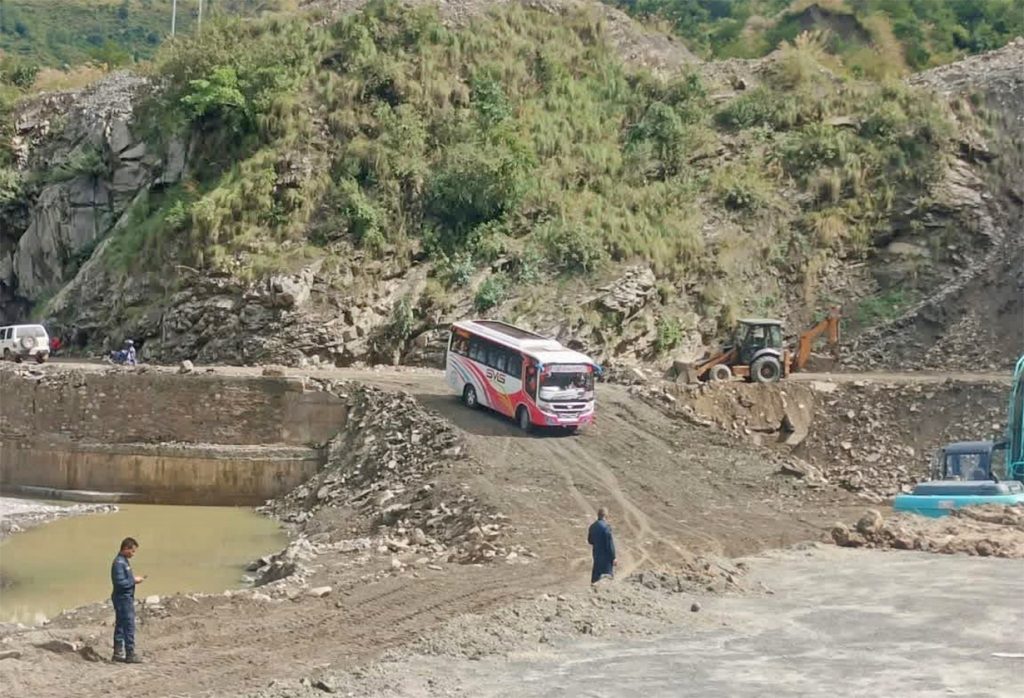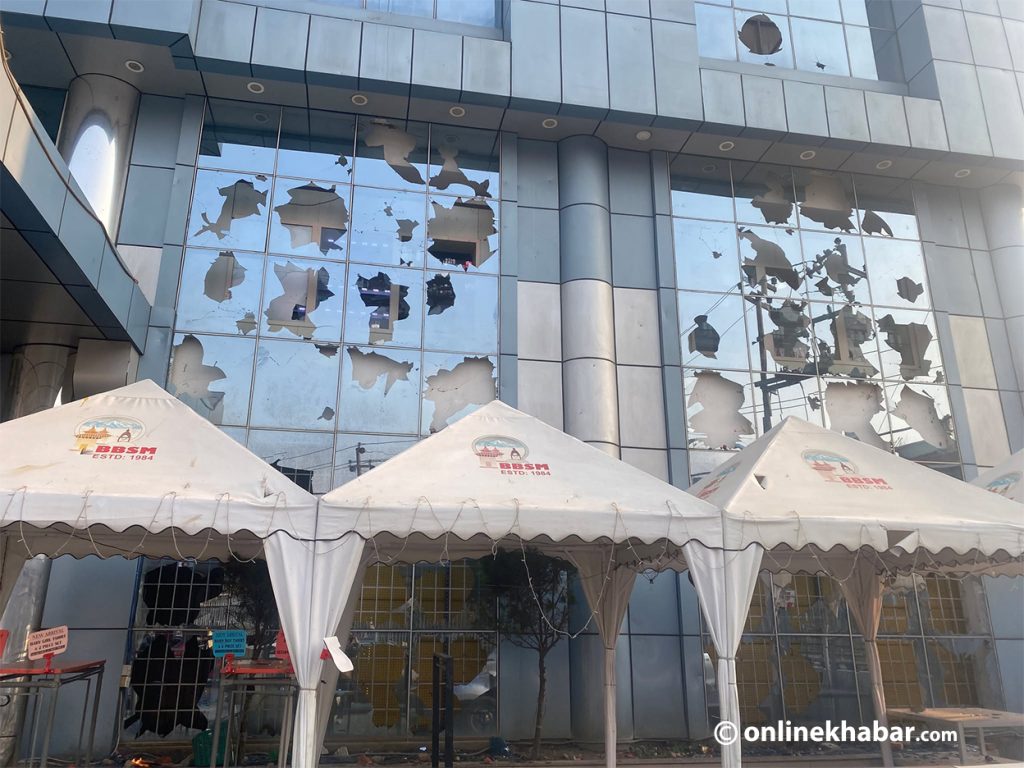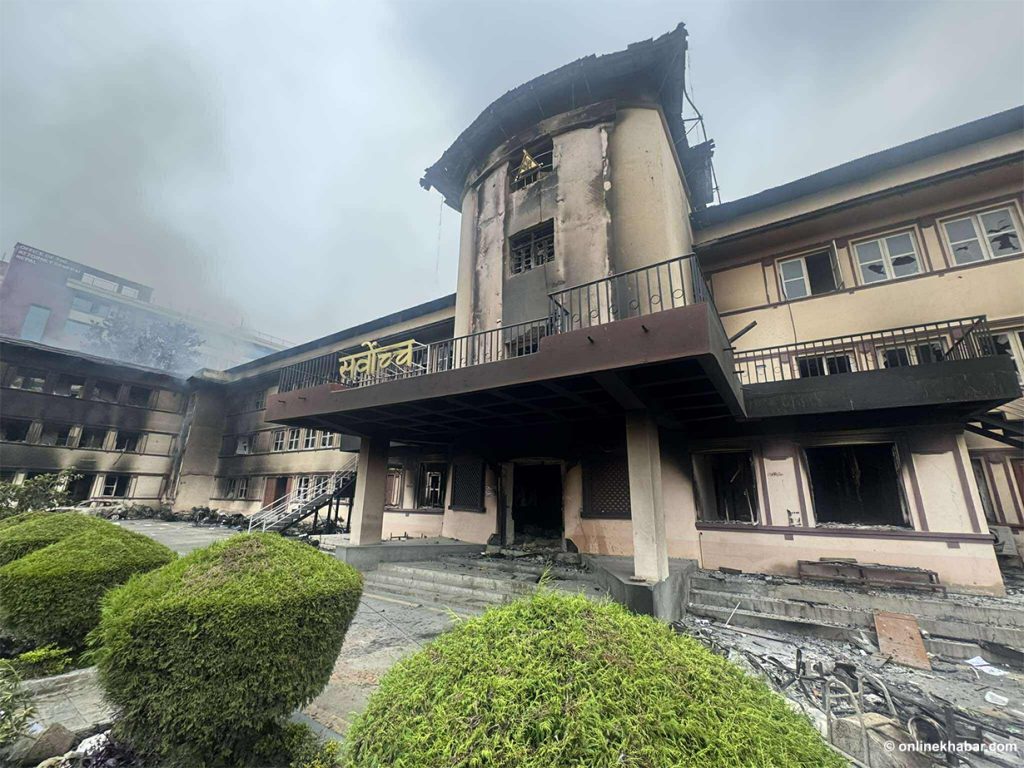
When I turned 20, my father made it his mission to take me to several investment summits regarding investment in Nepal. He wanted me to understand how development projects are delivered in Nepal so I could learn and, hopefully, contribute, whether in small or large roles.
As a project planning professional who has worked on countless mega projects in the UK, he shared with me the challenges of project delivery in Nepal. Growing up, I was
always curious about how he managed such large and complex projects with confidence. He explained that his experience comes from working on hundreds of
projects in Nepal, where the biggest challenge is often securing enough capital to bring them to life, which has equipped him to work on Mega Projects in the United Kingdom.
Since 2022, I have attended and watched several investment summits both digitally and in person. While the interactions were engaging and informative, I observed that participation by engineering experts or representatives of engineering bodies was limited. I wholeheartedly believe that the lack of technical input from industry experts and researchers directly affects investors’ investment decisions. For instance, while businesspeople and investors speak the same language of ‘capital’, I firmly believe foreign investors must understand the technical context and mechanisms of the projects they evaluate. Without precise technical and project-specific details, investment decisions rest on incomplete information, reducing the likelihood of
successful transactions or project completion. A comprehensive understanding is essential, since investors are trusting their money to these projects.
Investment boards should also recognise the challenges involved in implementing projects. For instance, Nepal has two international airports, Pokhara International Airport and Lumbini International Airport, which are not fully operational. Engineering assessments and air route studies indicate that some international flight routes are not feasible, and these issues were likely known before construction began. This raises concerns about the thoroughness of the initial and full feasibility studies conducted before making such significant investments.
As a Nepali-British girl, I find this situation very upsetting because it seems it could have been avoided if the engineering risk assessments had been taken into account. The money spent on these airports might have been better used for other infrastructural projects. Maybe that’s just my hindsight speaking.
After reviewing several projects in Nepal, I realised that many large-scale projects suffer from a lack of informed investment. Specifically, political interests often take priority
over proper feasibility studies and engineering input. While I understand that politicians and businesspeople see these projects as opportunities for economic growth and job
creation, the absence of adequate engineering and analysis has led to failures.
My main argument is that Nepal would benefit from having more than one international airport, rather than relying solely on Tribhuvan International Airport. This would enhance the country’s connectivity and tourism potential. For context, neighbouring countries like India have 34 operating international airports, Bangladesh has 3, Sri Lanka has 4, and Pakistan has 5. Multiple airports in these countries have improved regional connectivity and promoted tourism in areas beyond their capital cities. In the same way, Nepal could see similar benefits by developing additional international airports.
Therefore, I completely understand the reasons behind Nepal’s decision to construct international airports in Pokhara and Lumbini, and to plan one in Nijgadh. These airports offer clear benefits, such as supporting local businesses, attracting tourists to Pokhara for its Himalayan views, reducing pressure on Kathmandu, improving international connectivity, and promoting religious tourism. Nijgadh’s location also provides safer conditions for larger aircraft (maybe one day a plane from London to Kathmandu, I would be the first person to purchase season tickets!).
However, my main argument is that building these three projects simultaneously was a flawed approach. By not
constructing them consecutively, Nepal missed opportunities to learn from each project, resulting in repeated mistakes. This demonstrates a weakness in the construction sector’s ability to record and apply experience. Constructing the airports consecutively could have helped avoid many of these issues.
The main consequence of Nepal having two non-operational airports is the significant financial burden and resulting debt to foreign investors. The Asian Development Bank funded Gautam Buddha Airport, and Pokhara International Airport received assistance from the Chinese government. The absence of operating flights has left Nepal with debt but no revenue. This situation illustrates the importance of conducting SWOT and Cost-Benefit Analyses before infrastructure projects begin. A thorough analysis would have allowed stakeholders and the public to be aware of potential adverse outcomes, like the current scenario. Now, these projects seem like a debt trap!
This situation might have been avoided if Nepal had focused on developing only one airport and fully understood the obstacles posed by international air route restrictions.
Better coordination with neighbouring countries might have led to alternative solutions before the airport project began. Such as creating deals with our neighbouring country
regarding air routes. The existence of unused airports now clearly demonstrates flaws in Nepal’s infrastructure planning process.
Now, regarding Nijgadh Airport, the problems are slightly different from those at already built airports, the Lumbini Airport and Pokhara Airport. The project is currently stalled
and has not yet been completed. The main reason the project has presently stopped is the detection of significant environmental issues before construction began. But due to
the interests of those in power, the feasibility was overlooked once again. It was discovered that roughly 2 million trees need to be cut, resulting in a loss of carbon
sequestration. Additionally, since Nepal is susceptible to floods, this would cause more significant damage from flooding and soil erosion in the area. In addition, due to the
airspace, the regional route, and what has happened at Pokhara International Airport and Lumbini International Airport, some critics are still unsure whether the airspace
route will be agreed upon with India. Without India’s explicit approval, the project cannot proceed, since it would be a pointless airport without functioning aeroplanes.
Subsequently, given all these factors, can the government truly risk relocating over 2,000 households to alternative residential areas, since, if the project does continue,
How many people will be required to relocate?
Countless experts and enthusiasts of infrastructure development believe that Nijgadh airport would be a tremendous asset to Nepal. Due to the size and flat topography of the land, Nepal would have enough space for larger aeroplanes to take off and land, but do the positives really outweigh the negatives?
In my opinion, Nijgadh International Airport should not be at the top of the priority list. It is estimated that the total cost of completing the project would be roughly £7 billion, while Nepal’s current budget is roughly £10.6 billion. That means the project will cover most of Nepal’s annual budget, and the risk is not worth taking, since the other airport projects have been unsuccessful. The Minister of Infrastructure Development could consider development projects with low initial costs, such as improving regional airports, enhancing connectivity and management, and upgrading existing highways and roads to improve connectivity across different regions of the country. These potential options will stimulate economic growth and even create employment opportunities without hindering Nepal’s budget.
This step, I firmly believe, would be the best to take, since it’s the least costly and will also enhance Nepal’s local transportation system. This choice will also mean Nepal’s budget is not stretched and that resources are distributed equitably across all sectors in Nepal, such as healthcare, education, energy, transportation, tourism, Agriculture, and Disaster resilience.
However, Nepal’s issues aren’t always budgetary; they also stem from a lack of qualified engineering personnel and poor coordination between financial investors and technical experts. To prevent such problems in future projects, engineers, investors, entrepreneurs, and relevant government officials must work closely together from the project’s conception onward.
If the Chinese government and the Asian Development Bank had chosen to invest in other areas rather than an airport that was never likely to succeed, they could have helped Nepal meet urgent needs, such as better sewage systems, improved roads, or a reliable railway system. Focusing on projects that are practical and truly needed would have made sure the money was well spent and supported steady economic growth.
This would have helped Nepal in every way: economically, socially, and environmentally. Public confidence in Nepal’s large-scale infrastructure initiatives has diminished. New government proposals are frequently met with skepticism because previous airport projects have failed to deliver measurable social, financial, or environmental benefits.
Instead, these initiatives have often led to increased carbon emissions, hindering Nepal’s progress toward the global goal of achieving net-zero emissions by 2050.
Consequently, recent infrastructure projects are generally received with skepticism by the Nepali public.
As a Gen Z non-resident Nepali, I often talk about this with my family and friends at dinner and share how excited I am about engineering projects. These conversations have shown me that investments should always be based on solid data. I think both international and national engineering organisations, which understand all aspects of feasibility studies, including market, financial, social, environmental, political, and legislative factors, should lead these projects. Most importantly, they need to make sure the projects last. Nepal’s future depends on people from every generation working together so that development projects truly help our country, with everyone contributing, no matter the size of their role.






